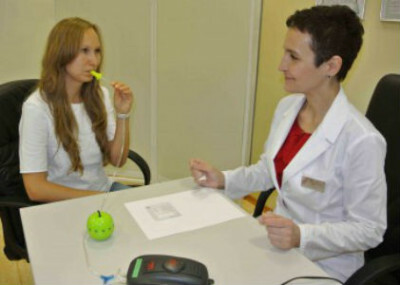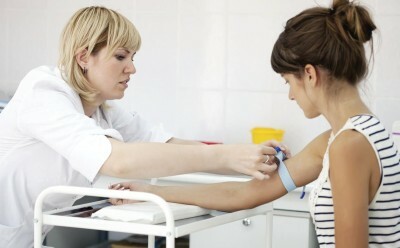1 Diagnosis
The examination of the stomach is performed using a special tool - an endoscope. From a constructive point of view, this device is presented in the form of a thin flexible tube, the diameter of which does not exceed 1 cm. Inside the endoscope, optical fibers are provided that provide illumination.
What is fgds and when it should be done, every mother should know. Specialists identify the following indications for fsg:
Do you have gastritis?
GALINA SAVINA: "How easy is it to cure gastritis at home for 1 month." A proven method is to write down a recipe. ..! "Read more & gt; & gt;
- abdominal pain;
- feeling of heaviness in the esophagus;
- presence of foreign bodies in the body;
- heartburn;
- vomiting with blood;
- belching after eating;
- anemia.
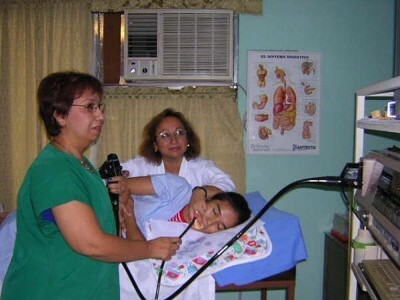
We recommend that you read the

Preparing for EGD of the stomach
With the help of the fgds of the stomach remove the foreign body from the intestine, remove benign formation, inject drugs, make a biopsy. The procedure under consideration has the following advantages:
- obtaining reliable information;
- no injuries or pain;
- fgc is performed without hospitalization, if there is no contraindication;
- simultaneous implementation of additional procedures( acidity test).
Minus GFD of the stomach is to obtain a small discomfort associated with swallowing the probe. Before finding out what fgds shows, it is recommended to determine the diagnostic method:
- video-fgs is a procedure by which the cavity of the stomach is examined. The resulting image is transmitted to a special monitor, which allows a detailed examination of the mucosa;
- proposed transnazalnaya fgds of the stomach is carried out in case the probe can not be inserted through the oral cavity. Using this technique, the probe is inserted through the nose. The patient does not experience discomfort and there is no vomiting reflex. Indications for the use of this technique are neurological disorders of the act of swallowing and irritation of the root of the tongue.
If there are contraindications to the examination, then the patient is given anesthesia.
2 Preparatory stage
Deciphering the results of fgs allows you to make an accurate diagnosis. To get accurate data, it is recommended to prepare correctly for the procedure. The examination is carried out 8 hours after the last meal. From the diet of the patient is recommended to exclude alcohol, chocolate, seeds, cereals, salads. On the day of the FGS, you must give up eating.
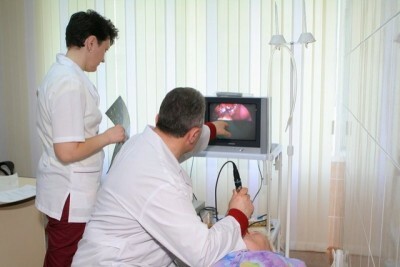
For 4-5 hours before the procedure, you can drink water or tea without sugar. You can not smoke and drink tablets in the morning. On the day of appointment of fgs doctors allow you to brush your teeth, take an X-ray, do an injection( 6 hours before the test).The patient should prepare well for the examination. Preliminarily remove glasses, tie, dentures. The patient should wear a spacious outfit in which the belt and collar are easily unbuttoned.
-
 IMPORTANT TO KNOW! Gastritis? Ulcer? To have a stomach ulcer not turned into cancer, drink a glass. ..Read the article & gt; & gt;
IMPORTANT TO KNOW! Gastritis? Ulcer? To have a stomach ulcer not turned into cancer, drink a glass. ..Read the article & gt; & gt;
The procedure is performed by a doctor through the mouth or nose after the written consent of the patient. In the first case, the study lasts 7-10 minutes. The patient lies down on his left side. The doctor treats the throat and mouth with an antiseptic( "Lidocaine").The patient must then grasp the mouthpiece with his teeth. The tube is inserted into the esophagus. During this period, the patient may experience unpleasant sensations in the form of vomiting and eructation. The endoscope is lowered into the stomach.
When examining the walls of the organ, pieces of esophagus tissue are taken for analysis. Elderly, fgs-examination is carried out through the nose. This technique does not cause the patient unpleasant sensations. The endoscope is inserted through the nasal sinus.
3 Respiratory regulation
Contraindications to fgc are in mental disorders, angina pectoris, goiter, hypertension. It is impossible to undergo such examination during pregnancy, after a stroke, during stenosis and with poor blood coagulability. Before the procedure, the doctor should tell the patient about the technique of the examination and the possible consequences. If fgds is administered to a child, then a short-term anesthesia is used.
-
 Gastroenterologist VAZHENOV: "I beg you, if you began to worry about abdominal pain, heartburn, nausea, do not in any way do gases. .."Read more & gt; & gt;
Gastroenterologist VAZHENOV: "I beg you, if you began to worry about abdominal pain, heartburn, nausea, do not in any way do gases. .."Read more & gt; & gt;
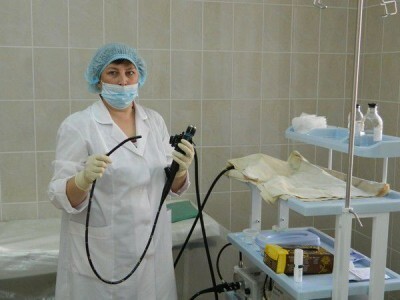
For a successful survey, special attention is paid to patient breathing. Doctors advise doing infrequent, shallow, but even breathing in the nose. Throughout the procedure, the abdominal muscles should be in a relaxed state. Air is fed through an endoscope. The walls of the digestive tube are straightened.
To eliminate discomfort in children and people of age during the procedure, doctors use general anesthesia. Anesthesia is prescribed if there is no allergy to the drug. In other cases, anesthesia is not applied. If the patient is conscious, then he can swallow, easing the introduction of the endoscope and reducing the risk of damage to the esophagus and pharynx.
At the end of the procedure, the patient may experience mild abdominal pain. If the examination was carried out with the help of a short-term anesthesia, then the patient is placed in the ward until the anesthesia has completely expired. If the patient was given a local anesthesia, then the patient goes home at the end of fgs. To the side effects of medical doctors include:
- nausea;
- abdominal pain.
You can not drink water and eat after the examination.
4 Possible consequences of
Rarely after EGF, the patient experiences complications. Perspiration or dryness in the throat may occur. After the procedure, the patient can consume food after 1-2 hours. If fgc was carried out with the help of anesthesia, then this indicator increases to 3-4 hours. The doctors consider the consequences of the FGDS:
TIP FROM THE MAIN GASTROENTEROLOGIST
Korotov SV: "I can recommendonly one tool for the rapid treatment of Ulcer and Gastritis, which is now recommended by the Ministry of Health. .. "Read the reviews & gt; & gt;
- bloating( in this case it is recommended to regurgitate);
- discomfort during anesthesia;
- minor pain in the lower abdomen;
- possibility of infection;
- internal bleeding;
- damage to the walls of the stomach or esophagus.
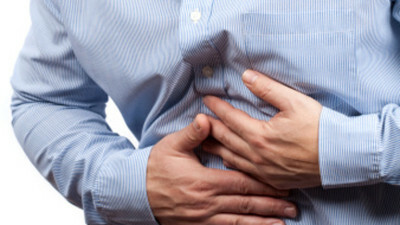
If on the next day after the examination of the stomach the patient's fever has increased, severe abdominal pain, black diarrhea and vomiting with blood have appeared, then you need to seek medical help from a doctor.
With the help of this technique, you can see changes in the mucosa of the stomach and duodenum. Experts recommend passing fgc if you suspect a gastritis. After determining the place of bleeding, the doctor removes its source.
To reduce the risk of complications after the examination, the patient should be prepared psychologically and physically. During the passage of fgs, the patient must follow the doctor's recommendations. To possible complications as a result of the procedure, doctors refer to perforation of the walls of the stomach or minor bleeding due to taking material for biopsy.
Upon completion of the study, the patient may feel uncomfortable when swallowed within 24 hours. The decoding of the results and recommendations for corrective nutrition are reported to the patient after fgs. Physicians identify the following methods, similar to EGD:
- EGDS( simultaneously examines the esophagus, stomach and duodenum);
- videogastroscopy - records the condition of internal organs with the help of an endoscopic camera.
This method of investigation due to high efficiency and low probability of occurrence of possible complications is widely used in medicine for diagnostics of gastrointestinal diseases. With its help you can find ulcers, constrictions, scars. After the diagnosis is made, the appropriate treatment is prescribed. When symptoms of gastrointestinal symptoms occur, it is recommended to consult a gastroenterologist.
- 1 Diagnosis
- 2 Preparatory stage
- 3 Respiratory regulation
- 4 Possible consequences
EGG: what is it, every patient suffering from digestive system diseases should know. Fibrogastroduodenoscopy studies the state of the intestine.

